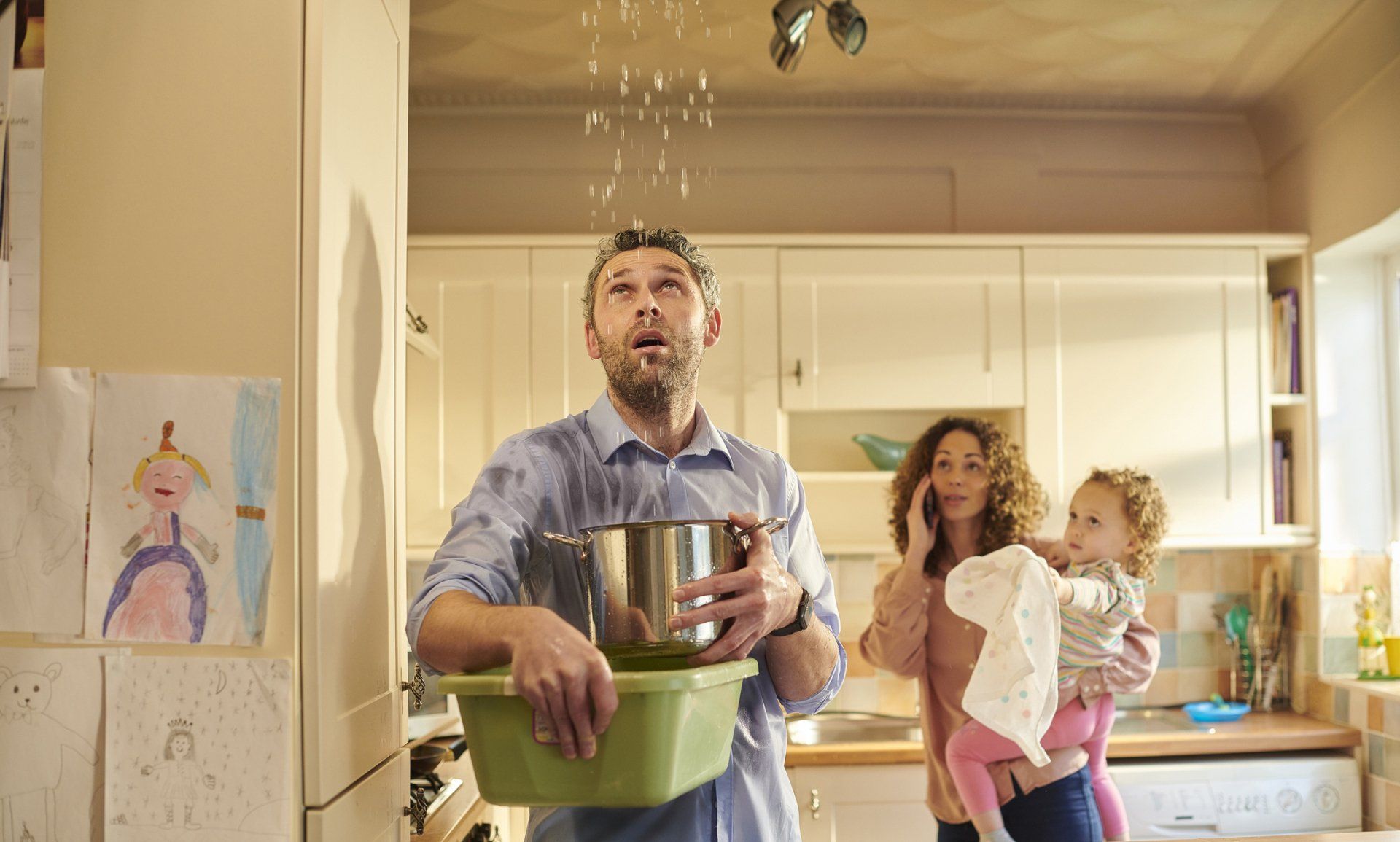ROOFING BLOG

Common Roofing Myths Debunked When it comes to roofing, there are plenty of myths and misconceptions that homeowners believe to be true. Unfortunately, these myths can lead to costly mistakes, unnecessary repairs, and even damage to your home. At Ron Russell Roofing Inc., we’re here to set the record straight! Let’s debunk some of the most common roofing myths so you can make informed decisions about your home’s roof. Myth #1: A Roof Doesn’t Need Maintenance Unless It’s Leaking Many homeowners assume that if their roof isn’t leaking, there’s nothing to worry about. However, regular maintenance is essential to catching minor issues before they become major problems. Small cracks, missing shingles, or minor leaks can escalate into expensive repairs if left unattended. Routine inspections and maintenance can extend the lifespan of your roof and save you money in the long run. Myth #2: A New Roof Can Be Installed Over the Old One While it may seem like a time- and cost-saving solution to install a new roof over an old one, it’s not always the best choice. Layering shingles can lead to added weight, improper sealing, and difficulty detecting underlying damage. In most cases, a complete roof replacement, including removing the old materials, ensures a more durable and long-lasting roof. Myth #3: Dark Roofs Cause Higher Energy Bills It’s commonly believed that dark-colored roofs absorb more heat and increase energy bills. While darker shingles do absorb more heat, modern roofing materials are designed with energy efficiency in mind. Proper insulation and ventilation play a much more significant role in your home’s temperature regulation than the color of your roof. Myth #4: All Shingles Are the Same Not all roofing shingles are created equal. There are different materials, styles, and quality levels to consider, and each one has unique benefits and drawbacks. Choosing the right shingle type depends on factors like climate, durability, and budget. Consulting a professional can help you select the best option for your home. Myth #5: Roofing Work Can Be a DIY Project While DIY home improvement projects can be rewarding, roofing is not one you should tackle on your own. Roofing requires specialized skills, safety equipment, and knowledge of proper installation techniques. Attempting to fix or replace your roof without the right experience can result in injuries and costly mistakes. Hiring a licensed roofing contractor ensures the job is done correctly and safely. Trust the Experts at Ron Russell Roofing Inc. Your roof is one of the most critical parts of your home, and understanding the facts can help you make the best decisions for its maintenance and repair. Don’t fall for common roofing myths—trust the experts at Ron Russell Roofing Inc. to provide honest advice and high-quality roofing services. Contact us today for an inspection or consultation!
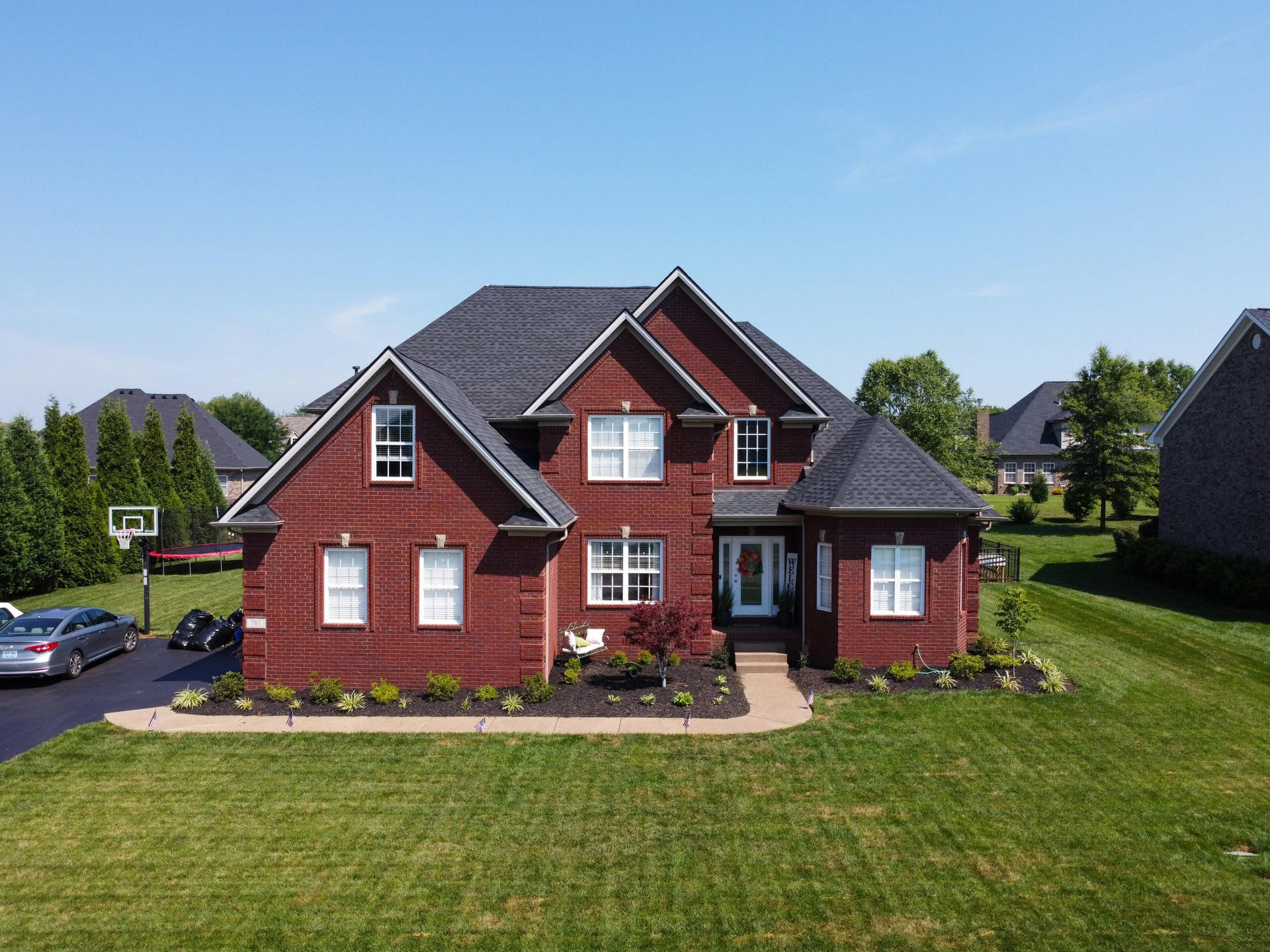
The Best Time of Year to Replace Your Roof in Florida By Ron Russell Roofing, Jacksonville, FL Replacing your roof is a significant investment, and timing plays a key role in ensuring that your project goes smoothly. In Florida, where the weather can be unpredictable and extreme at times, choosing the right season to replace your roof can make all the difference. At Ron Russell Roofing, we understand Florida’s unique climate and are here to help you determine the best time of year for roof replacement in your area. With the state’s hot summers, frequent tropical storms, and mild winters, timing your roof replacement can save you from unexpected delays and complications. Whether you’re looking to replace an aging roof or address damage from a recent storm, knowing the optimal time for your project ensures that you get the best results. Fall & Winter (October – February) : Good Time for Roof Replacement Why Fall is Good: Fall is one of the best times of year to replace your roof in Florida. After the peak of hurricane season (June to September), the weather starts to settle into a more predictable pattern. The cooler temperatures and lower humidity make it easier for roofing materials, such as shingles or tiles, to set and adhere properly. Why Winter Works Too: Florida’s winter months are relatively mild compared to other states, with average temperatures that remain comfortable enough for roof installations. Although winter is typically considered an off-season for roofing in other parts of the country, Florida’s winter offers an opportunity to replace your roof without the heat or humidity of summer. Key Benefits: Moderate Weather: Cooler temperatures and reduced humidity create the perfect environment for roof installation. End of Hurricane Season: Hurricane season officially ends in November, so there’s less risk of disruptions from storms. Less Rain: Fall and winter typically has fewer rainy days compared to the summer months, so your roof replacement is less likely to be delayed. Availability of Contractors: Many homeowners schedule roof repairs or replacements after hurricane season, which means contractors may have more availability in the fall. Spring (March - May): Another Great Option Spring is another excellent time for roof replacement in Florida. The weather is mild, and the risk of heavy storms is lower than in the summer or fall. While spring rains are possible, they tend to be less frequent and more predictable. Key Benefits: Mild Temperatures: Spring offers moderate weather, making it a comfortable time for contractors to work and for materials to be installed properly. Predictable Weather: Spring showers are usually brief and less intense, meaning your roof replacement is less likely to be interrupted. Avoid the Summer Rush: Scheduling your roof replacement during the spring allows you to get ahead of the heavy demand that comes right before the summer months. Many homeowners in Florida wait until the last minute to address roofing issues before hurricane season kicks in. This rush can result in longer wait times. By acting early, you can avoid the stress and delays that come with trying to get your roof replaced at the peak of demand. Summer (June - August): Not Ideal, but Possible While summer might seem like an easy time to replace your roof because schools are out and schedules are more flexible, it’s actually one of the more difficult seasons for roofing in Florida. The extreme heat, high humidity, and frequent afternoon thunderstorms can all pose significant challenges for roof installations. Frequent Storms: Afternoon thunderstorms are common during the summer months, which can cause delays or interruptions to the roofing process. These storms can also be unpredictable, making scheduling difficult. Peak Hurricane Season: Summer marks the peak of Florida’s hurricane season, which increases the risk of severe weather events that could disrupt your roof replacement schedule. Conclusion: Choose the Right Time for Your Roof Replacement In Florida, the best times to replace your roof are generally fall through spring, when temperatures are moderate, the risk of rain is lower, and contractors have more availability. Whether you're dealing with an aging roof or have suffered storm damage, choosing the right season for replacement can make a world of difference in the process. At Ron Russell Roofing, we specialize in roof replacements tailored to the specific needs of Florida homeowners. Our team of experienced professionals is ready to help you make the best choice for your roof replacement project. If you’re considering a new roof, don’t hesitate to contact us to schedule an inspection or get a free estimate.

How to Choose the Best Roof Color for Your Home Choosing the right roof color is an important decision that impacts your home’s curb appeal, energy efficiency, and overall value. With so many options available, it can be challenging to find the perfect shade that complements your home’s style. In this blog post, we’ll guide you through key considerations to help you make the best choice for your roof color. Factors to Consider When Choosing a Roof Color 1. Your Home’s Style and Exterior Colors The roof should complement your home’s architectural style and exterior color palette. Traditional homes often look great with classic, neutral colors like black, gray, or brown, while contemporary homes can benefit from bolder hues. Consider the color of your siding, brick, stone, or stucco when making your selection. 2. Climate and Energy Efficiency Roof color affects your home’s energy efficiency. Light-colored roofs reflect sunlight and help keep your home cooler in hot climates, reducing air conditioning costs. Darker colors absorb heat, making them a good choice for colder regions where extra warmth can reduce heating expenses. 3. Neighborhood and HOA Guidelines Before selecting a roof color, check if there are any homeowners’ association (HOA) guidelines or neighborhood restrictions. Some communities have specific rules regarding exterior colors to maintain a uniform appearance. 4. Longevity and Maintenance Certain colors and materials show dirt, algae, or fading more quickly than others. Lighter shades tend to mask dirt and wear better over time, while darker colors may require more frequent cleaning and maintenance. 5. Resale Value A well-chosen roof color can enhance your home’s resale value. Neutral tones like gray, black, and brown have broad appeal, making your home more attractive to potential buyers. Avoid overly bold colors that may not suit everyone’s taste. Popular Roof Color Choices Gray: A versatile and modern choice that works well with most home styles. Black: Timeless and elegant, giving homes a sophisticated look. Brown: Warm and inviting, perfect for rustic or traditional homes. Beige/Tan: A neutral, earthy option that pairs well with natural stone or wood exteriors. Blue/Green: A unique choice for coastal or contemporary homes, adding personality without overwhelming the overall look. Get Expert Advice from Ron Russell Roofing Inc. Selecting the right roof color can be overwhelming, but you don’t have to make the decision alone. At Ron Russell Roofing Inc., we specialize in helping homeowners choose the perfect roofing solutions to match their style and needs. Our experienced team can guide you through the selection process and ensure a seamless installation. Contact us today for a consultation and let us help you find the best roof color to enhance your home’s beauty and efficiency!

Preparing Your Roof for Spring Showers As winter fades and spring approaches, it's time to start thinking about the health of your roof. With spring showers on the way, ensuring your roof is in top condition is crucial. At Ron Russell Roofing Inc., we know that proactive maintenance can save you from costly repairs down the road. Here are some essential steps to prepare your roof for the rainy season. 1. Inspect for Winter Damage Start by visually inspecting your roof for any damage from previous seasons. Look for missing, cracked, or curled shingles, as well as signs of wear around vents, chimneys, and skylights. Even minor damage can lead to leaks once heavy rains arrive. 2. Clean Out Gutters and Downspouts Clogged gutters and downspouts can cause water to back up and overflow, leading to potential roof and foundation damage. Remove leaves, twigs, and debris to ensure proper water drainage away from your home. 3. Check for Mold and Algae Growth Spring showers create a damp environment, which can promote mold and algae growth on your roof. If you notice dark streaks or patches, consider having your roof professionally cleaned to prevent further damage. 4. Trim Overhanging Branches Trees with branches hanging over your roof can be a hazard during spring storms. High winds can cause branches to break and damage shingles, while falling leaves can clog gutters. Trim back branches to reduce these risks. 5. Inspect Flashing and Seals Flashing around vents, chimneys, and skylights is crucial for preventing leaks. Check for any signs of rust, cracking, or lifting and make necessary repairs to keep water out. 6. Schedule a Professional Roof Inspection While DIY inspections can help identify visible issues, a professional roofing contractor can spot hidden problems that may lead to leaks or structural damage. An inspection by Ron Russell Roofing Inc. ensures that your roof is ready to handle spring’s unpredictable weather. 7. Consider Preventative Maintenance and Repairs If any damage is found, addressing it promptly can prevent bigger problems later. Replacing damaged shingles, sealing leaks, and reinforcing weak areas will help extend the life of your roof and protect your home from costly water damage. By taking these steps now, you can ensure that your roof is prepared to handle the spring showers with ease. If you need professional assistance, don’t hesitate to contact Ron Russell Roofing Inc. Our experienced team is here to help with inspections, maintenance, and repairs to keep your home safe and dry all season long. Schedule your spring roof inspection today!
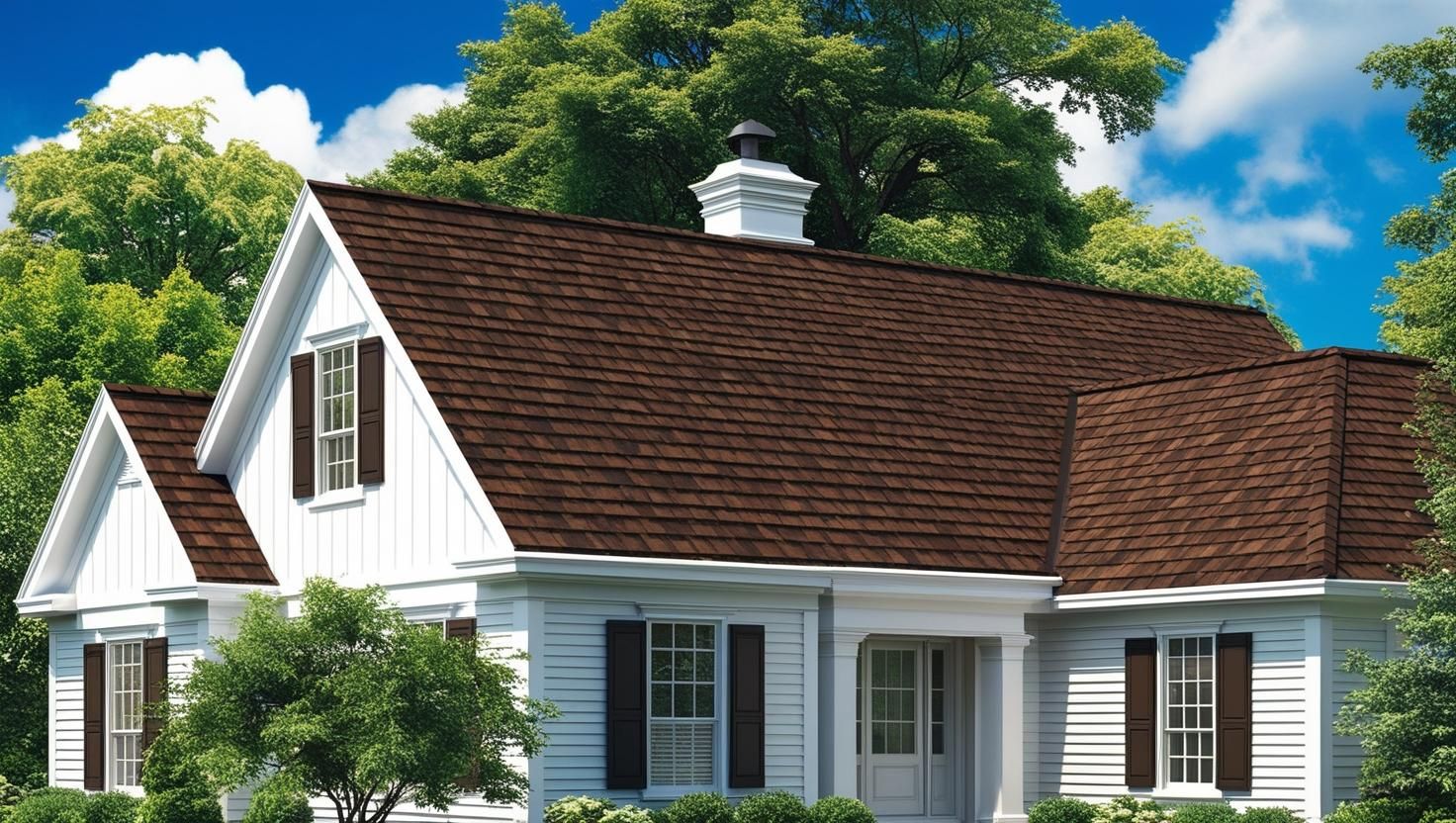
Tips for a Successful Roofing Project When it comes to home improvement, a roofing project stands out as one of the most significant undertakings. Whether you're repairing a damaged section or replacing your entire roof, this process can be daunting. At Ron Russell Roofing, we understand the importance of getting it right. So, let's dive into some valuable tips that can help ensure your roofing project is a success. Understanding Your Roofing Needs Before embarking on any roofing project, it's essential to understand your specific needs. Is your roof suffering from wear and tear due to age, or has it been damaged by a recent storm? Identifying the root cause of the issue will guide the scope of your project. A thorough inspection by a reputable roofing company can provide insights into whether you need a simple repair or a full replacement. Common Roofing Issues Leaks and Moisture: Often caused by damaged roofing materials, leaks can lead to significant water damage. Wind Damage: High winds can expose the roof to further issues. Poor Ventilation: Inadequate ventilation can lead to heat and moisture buildup, affecting the roof's integrity over time. Choosing the Right Materials The materials you select for your roof have a profound impact on its longevity, appearance, and performance. Here are some popular options: Asphalt Shingles: Affordable and versatile, these are the most common roofing material in the U.S. Metal Roofing: Known for its durability and energy efficiency, metal roofing is a long-lasting option. Solar Roofing: An eco-friendly choice that harnesses the sun's energy, solar roofing can significantly reduce electricity costs and increase your home's value. Consider the climate, your home's architectural style, and your budget when selecting materials. Our team at Ron Russell Roofing can help you weigh the pros and cons of each option to make the best choice for your home. Hiring the Right Contractor Choosing the right contractor is crucial for a successful roofing project. Here’s why partnering with a local business with extensive experience, like Ron Russell Roofing, can make all the difference: Local Knowledge: Local contractors understand the climate, building codes, and typical roofing challenges in your area. Reputation: Established businesses have a track record you can trust. Reliability: A local contractor is more likely to provide prompt service and is readily available for follow-ups or emergencies. Preparing Your Home and Family A roofing project can be disruptive, so it’s essential to prepare your home and family for the process. Here are some steps to take: Clear the Area: Remove vehicles, patio furniture, and any items around your home that could be damaged. Inform Neighbors: Give your neighbors a heads-up about the project timeline and any potential disruptions. Plan for Noise: Roofing work can be loud, so consider alternative arrangements if noise is a concern, especially for pets or young children. The Ron Russell Roofing Advantage At Ron Russell Roofing, we pride ourselves on our commitment to excellence. With years of experience and a deep understanding of the local community's needs, we provide reliable, high-quality roofing services. Whether it’s a minor repair or a complete roof overhaul, our skilled team is equipped to handle all your roofing needs with professionalism and care. Don't hesitate to reach out to us for advice or a quote. Conclusion: Ensuring Long-Term Success A successful roofing project doesn't end when the last panel is in place. Regular maintenance and timely repairs are key to extending your roof's lifespan. Schedule periodic inspections, especially before and after severe weather, to catch any issues early. Remember, Ron Russell Roofing is here to support you every step of the way.
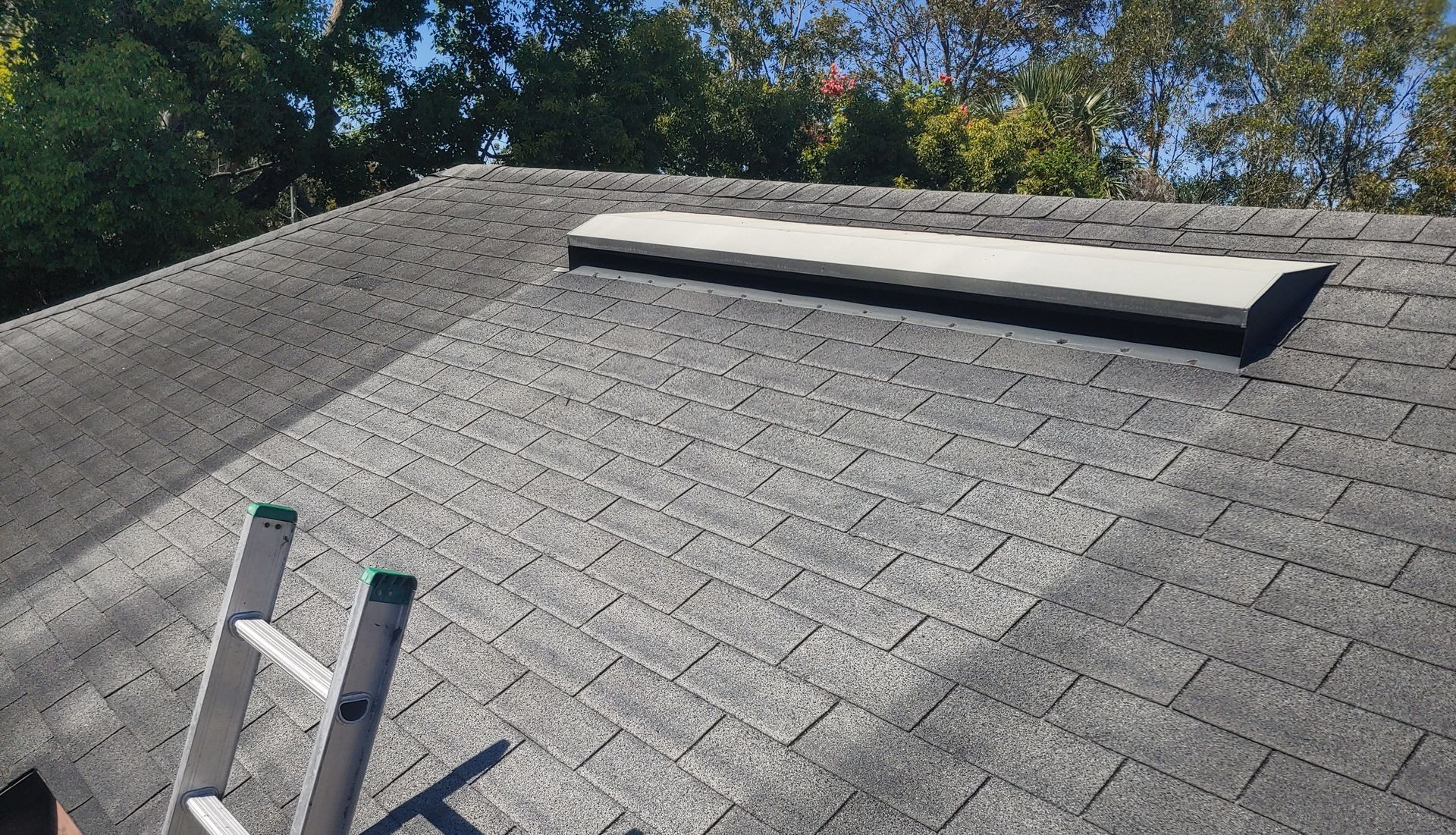
Understanding Roof Ventilation: Why It Matters for Your Home When it comes to maintaining a durable and energy-efficient home, roof ventilation is often overlooked. However, proper ventilation plays a crucial role in protecting your roof, preventing moisture damage, and even lowering your energy bills. At Ron Russell Roofing Inc., we believe every homeowner should understand how roof ventilation works and why it’s so important. What Is Roof Ventilation? Roof ventilation is a system that allows air to circulate through your attic or roof space, preventing heat and moisture buildup. It typically consists of: ✔ Intake vents – Located near the soffits (eaves) to draw in fresh air ✔ Exhaust vents – Located near the roof ridge to release hot, stale air This continuous flow of air helps regulate temperature and moisture levels in your home. Why Proper Roof Ventilation Is Essential 1. Prevents Moisture Buildup and Mold Growth Without proper ventilation, warm, humid air from inside your home can get trapped in the attic, leading to condensation. Over time, this moisture can cause: ✔ Mold and mildew growth ✔ Wood rot and structural damage ✔ Insulation deterioration A well-ventilated roof keeps air moving and prevents these costly issues. 2. Extends the Life of Your Roof Excessive heat and moisture can weaken roofing materials, causing shingles to age prematurely. Proper ventilation helps maintain your roof’s integrity, ensuring you get the most out of your investment. 3. Reduces Energy Costs During hot summers, a poorly ventilated attic can trap heat, making your air conditioner work harder to keep your home cool. In the winter, trapped heat can cause uneven temperatures inside your home. A balanced ventilation system keeps your home more energy-efficient and comfortable year-round. Types of Roof Ventilation Systems There are several types of roof ventilation systems, including: Ridge vents – Installed along the peak of the roof for continuous airflow Soffit vents – Located under the eaves to allow fresh air intake Powered attic vents – Electric or solar-powered fans that actively circulate air Each home requires a different approach to ventilation, depending on its design and climate conditions. Is Your Roof Properly Ventilated? Not sure if your roof has adequate ventilation? Here are some signs that your home may have ventilation issues: ❌ Excessively hot attic temperatures in the summer ❌ Mold or mildew growth in the attic or on rafters ❌ Peeling paint or warped wood due to trapped moisture ❌ Higher energy bills due to heat retention If you notice any of these issues, it’s time to get your roof inspected. Get Expert Roof Ventilation Solutions Proper roof ventilation is essential for protecting your home, improving energy efficiency, and extending the life of your roof. Don’t let poor roof ventilation compromise your home’s comfort and efficiency. Reach out to Ron Russell Roofing Inc. today to schedule an inspection. Our team is dedicated to helping you maintain a healthy, durable roof that stands the test of time. Protect your investment and enjoy peace of mind knowing your home is in expert hands.
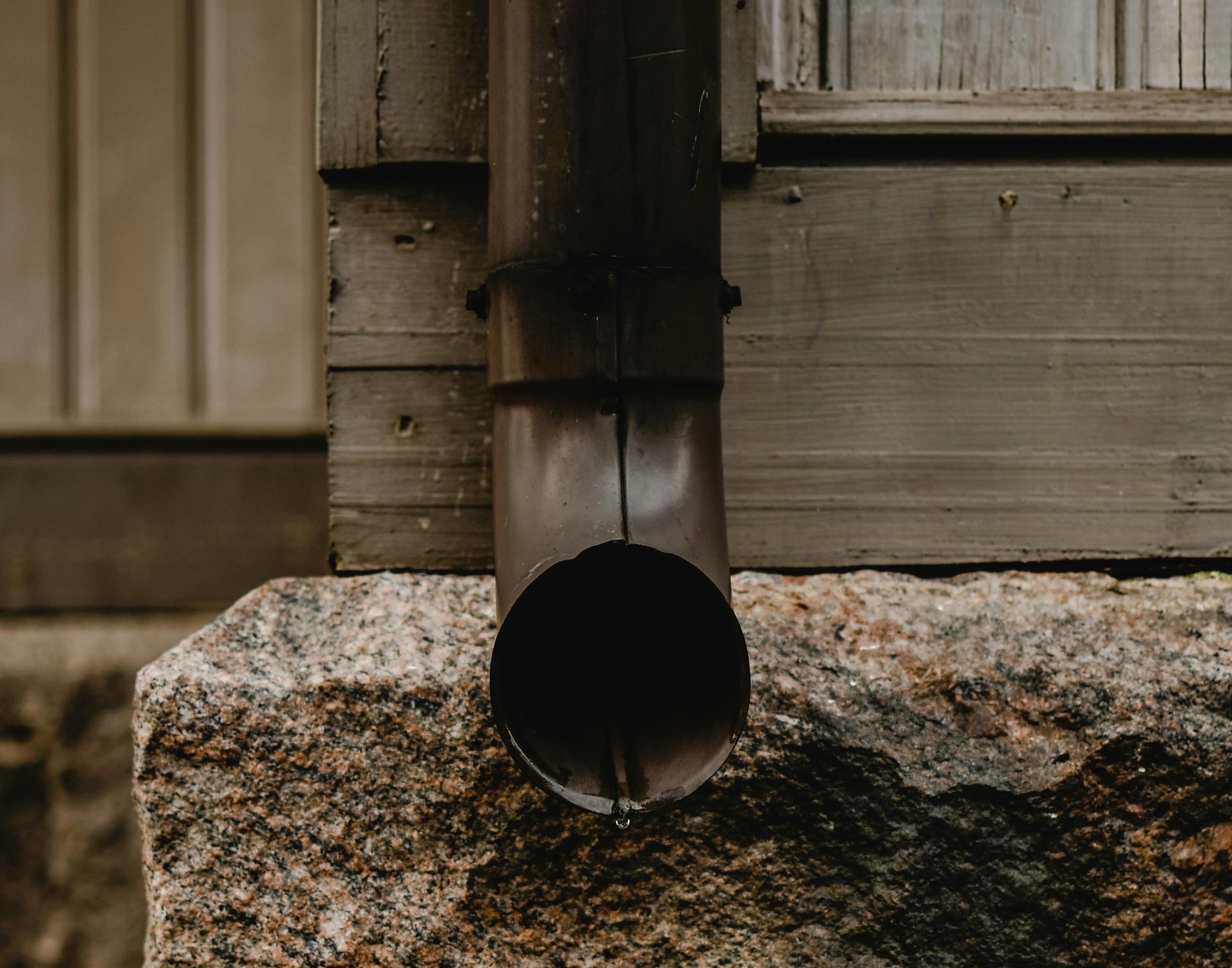
The Role of Gutters in Roofing Systems By Melissa Russell Your home’s roofing system does more than just provide shelter—it serves as a critical defense against the elements. While many homeowners focus on shingles and insulation, gutters are an equally important component that often goes unnoticed. Gutters play a key role in directing rainwater away from your home, helping to prevent damage to your roof, siding, foundation, and landscaping. At Ron Russell Roofing, we believe that understanding the purpose and benefits of gutters empowers homeowners to make informed choices about maintaining their roofing systems. How Gutters Protect Your Home Gutters serve as a drainage system for your roof, directing rainwater away from your home. Without properly functioning gutters, water can accumulate on your roof, leading to leaks, rot, and structural damage. Here’s how gutters contribute to a well-maintained roofing system: 1. Preventing Water Damage – By channeling rainwater away from your home, gutters prevent water from seeping into your roof, walls, and foundation. This helps avoid costly repairs due to water damage. 2. Protecting the Foundation – Excess water pooling around the foundation can lead to cracks and instability over time. Gutters help divert water safely away from your home’s base. 3. Preserving Siding and Exterior – Water runoff from the roof can stain, rot, or damage siding and exterior walls. Gutters ensure water is directed away, keeping your home looking great. 4. Preventing Soil Erosion and Landscaping Damage – Heavy rainfall without gutters can wash away soil and damage plants and flower beds around your home. Gu tter Maintenance and Care To ensure your gutters continue to function effectively, regular maintenance is essential. Here are some key tips: • Clean Gutters Regularly – Leaves, debris, and dirt can clog gutters, leading to water overflow. Clean them at least twice a year, especially in fall and spring. • Check for Damage – Look for cracks, sagging sections, or rust, and repair or replace gutters as needed. • Ensure Proper Installation – Poorly installed gutters can lead to leaks and ineffective drainage. Professional installation ensures optimal performance. • Install Gutter Guards – Gutter guards help reduce debris buildup and minimize maintenance efforts. By understanding the crucial role gutters play in roofing systems, homeowners can take proactive steps to maintain their property’s value and structural integrity.
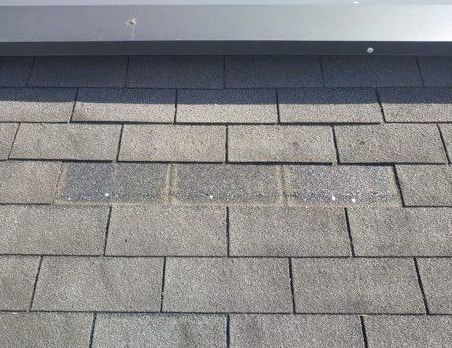
Your roof is your home's first line of defense against the elements. However, it’s easy to overlook the warning signs that your roof may need attention. Ignoring these signs can lead to costly damage and compromised safety. At Ron Russell Roofing, we’re here to help you spot the signs before they become serious issues. Here are ten indications that your roof may need repairs: 1. Missing or Damaged Shingles If you notice shingles that are lifted, cracked, curled, or missing altogether, it’s a clear sign that your roof needs attention. Damaged shingles expose your home to water leaks and structural damage. 2. Water Stains on Ceilings or Walls Water stains or discoloration on your ceilings and walls are often caused by a leaky roof. Ignoring these signs can lead to mold growth and weakened structural integrity. 3. Granules in the Gutters Asphalt shingles lose granules as they age. If you find an accumulation of granules in your gutters or downspouts, it’s a sign your roof is deteriorating. 4. Sagging Roofline A sagging roofline is a serious issue that indicates structural damage. This could be caused by water damage, rotting wood, or inadequate support. 5. Daylight Through the Roof Boards If you can see daylight peeking through your attic or roof boards, it’s a sign of holes or gaps that need immediate attention. 6. Higher Energy Bills A sudden spike in your energy bills could be a result of poor insulation due to roof damage. A compromised roof allows air to escape, making your HVAC system work harder. 7. Moss or Algae Growth Moss and algae trap moisture, speeding up roof deterioration and potentially causing significant damage. These growths often thrive in shaded, damp areas and can break down shingles over time, leading to mold, mildew, and structural issues if ignored. 8. Damaged Flashing Flashing protects vulnerable areas of your roof, such as around chimneys and vents. Cracked or damaged flashing can allow water to seep in, leading to leaks. 9. Age of the Roof Most roofs have a lifespan of 20-30 years, depending on the material. If your roof is nearing or exceeding this age, it’s time for an inspection and potential repairs. 10. Roof Debris in Your Yard Finding pieces of shingles, flashing, or other roofing materials in your yard after a storm is a clear sign that your roof has been compromised. When to Call the Experts If you’ve noticed any of these signs, don’t wait until the problem gets worse. At Ron Russell Roofing, we specialize in roof inspections, repairs, and replacements. Our experienced team can assess your roof’s condition and recommend the best course of action to protect your home and family. Contact Us Today Don’t let small issues turn into major problems. Call Ron Russell Roofing Inc. for a professional roof inspection and peace of mind. Reach out to us at 904-714-1907 or visit our website at www.ronrussellroofing.com.

